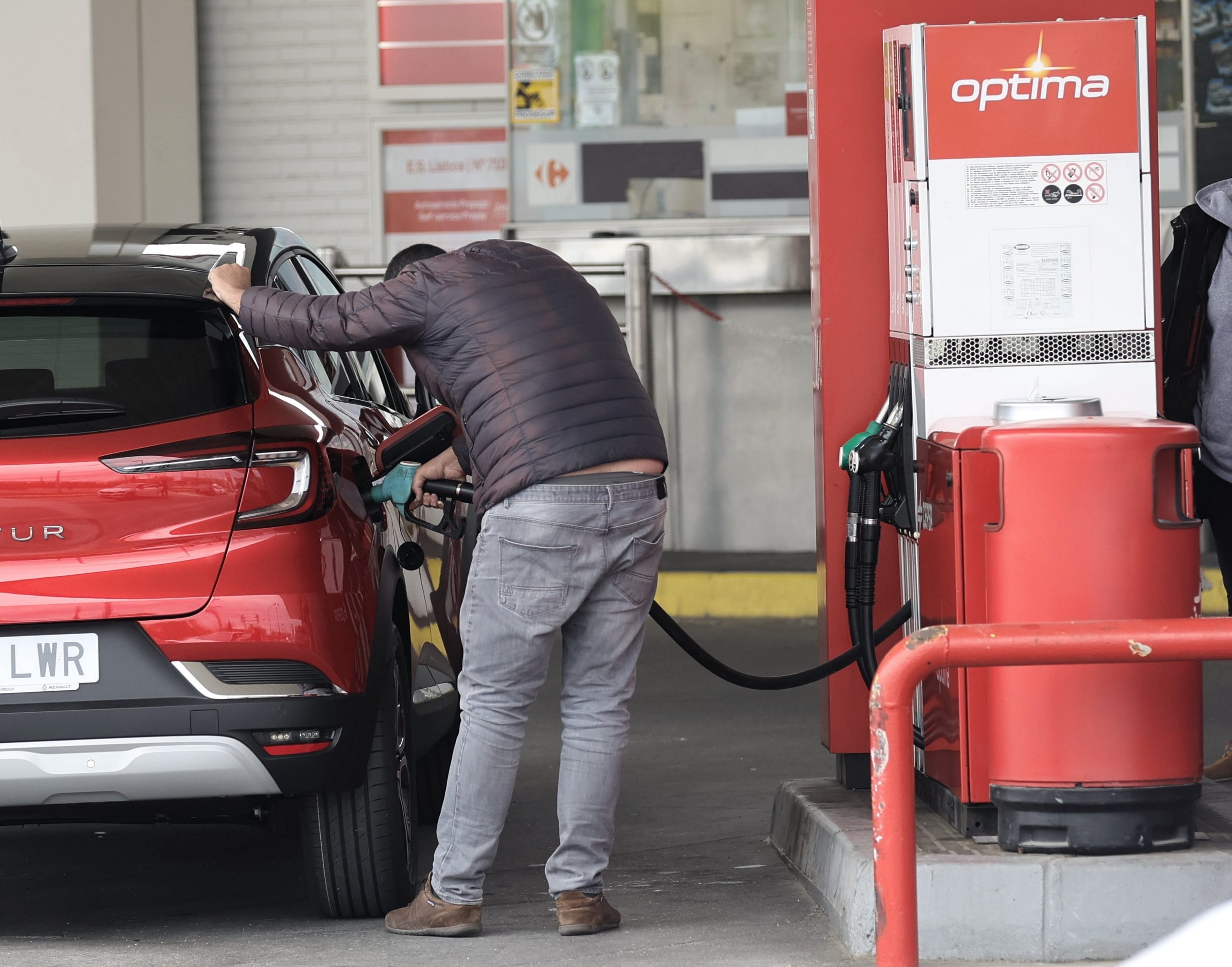Spain's spiral of rising prices shows no sign of slowing. If in February the Consumer Price Index (IPC, in its Spanish acronym) soared to 7.6%, the advance data for March shows another 3% rise compared to the previous month, raising the year-on-year rate by more than two points, to 9.8%, its highest value in 37 years, specifically since May 1985. With the March data, the year-on-year IPC registered its fifteenth consecutive rise, according to early data released this Wednesday by the National Institute of Statistics (INE). According to the INE, the increase in the year-on-year price index for March to 9.8% is due to "across the board" rises affecting most of its components, including increases in prices for electricity, fuels and non-alcoholic foods and beverages, all higher in March this year than in the same month in 2021.
In fact, the average price of Diesel A in Spain this Tuesday stood at 1.849 euros per litre, 23.59% above that recorded in the last week of February, while Unleaded 95 petrol was 1.823 euros per litre, an increase of 13.37%, according to data published by Spain's ecological transition ministry. The rise in petrol prices has been marked by the rise in the price of Brent oil, which rose 6.52% in March to nearly $112 a barrel on Wednesday, although within the month the price reached a high of $127.98 on March 8th and a low of $98.02 a week later.
With one day to go before the end of the first quarter of 2022, the average price of electricity this month in the wholesale market is €284.77 / MWh, 19% more than in December, the most expensive month in history for electricity in Spain, and 42% higher than last month. As for the comparison with the average price in March 2021, this month is six times as high.
In addition to the IPC, the Spanish statistical agency also incorporates an estimate of underlying inflation, which does not include unprocessed food or energy products, an indicator which in March rose by only 0.4 percent, to 3.4%, its highest value since September 2008. Thus, the underlying rate is more than six points below that marked by the general Consumer Price Index.
3% annual increase
In monthly terms, the IPC increased by 3% in March compared to February, the highest monthly increase in any month since 2002, when the methodology of this statistic was changed to better capture the evolution of the market. Nevertheless, looking further back, the March monthly rise is the highest since August 1977.
In the third month of 2022, the Harmonized Index of Consumer Prices (IPCA) placed its year-on-year rate at 9.8%, more than two points above that of February. For its part, the advance figure for the IPCA shows an increase of 3.9% in a month. The INE will publish the final data for the March IPC on 13th April.
Sources at the Spanish ministry of economic affairs say that "73% of this increase is due to the impact of the invasion of Ukraine on the prices of energy and unprocessed food" and therefore urge the implementation of the government action plan announced on Tuesday. Those measures "will reverse this upward trend, curb rising costs for businesses and households and start bringing inflation down to more moderate levels in the short term," the same sources told Efe.

